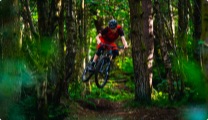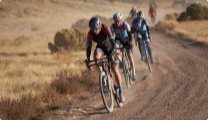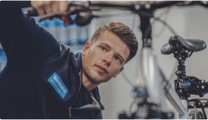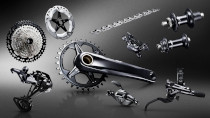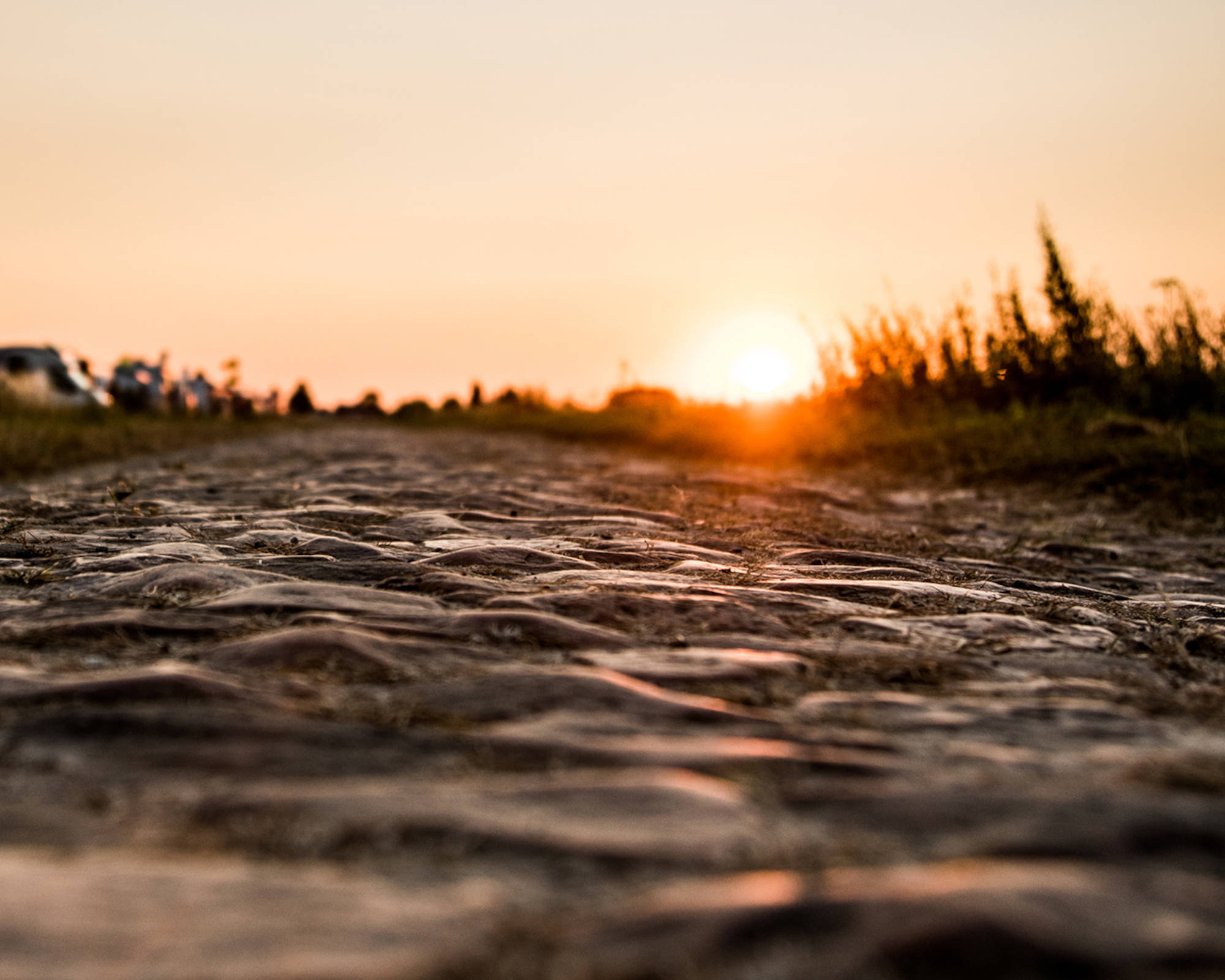In this season of adventure cycling, it is common to see cyclists with cameras slung over their shoulders so that they can document their ride—or parts of it—in any fashion they choose. When the time comes to share the reportage of the ride, it is not uncommon to make the disclaimer, "These photos don't do it justice." Making photos or videos to reflect certain events throughout a ride is a very engaging exercise. Like any other skill in life, it takes practice and repetition. No matter if you are a camera totting cyclist or a cycling purist who avoids carrying any cumbersome gear, there are some "tricks of the trade" that can help ensure the photographs you make will reflect what you saw and how you felt in the moment.
How to capture and tell your ride story through great photos
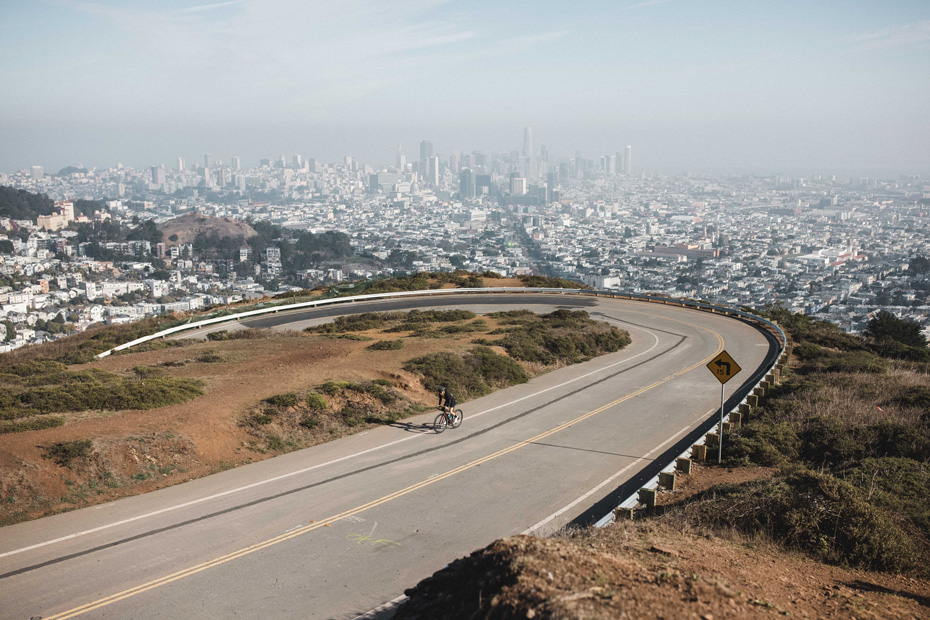
It could be easy to get sucked into the black hole of photo theory and technique. So we'll stick to just a few common components that lend to making interesting images on a surface level: exposure and lighting, framing and composition, storytelling, and editing.
Exposure and Lighting
Let’s revisit the “These photos don’t do it justice” statement. More times than not, this statement comes down to an exposure that may not translate the feeling omitted when the image was taken. It’s hard to call things a mistake in regards to how an individual wants a photo to look. That being said, to make a photo look like "real life," proper exposure will play the most significant role in delivering the emotion and feeling that you're looking for when you share your camera roll with your friends.
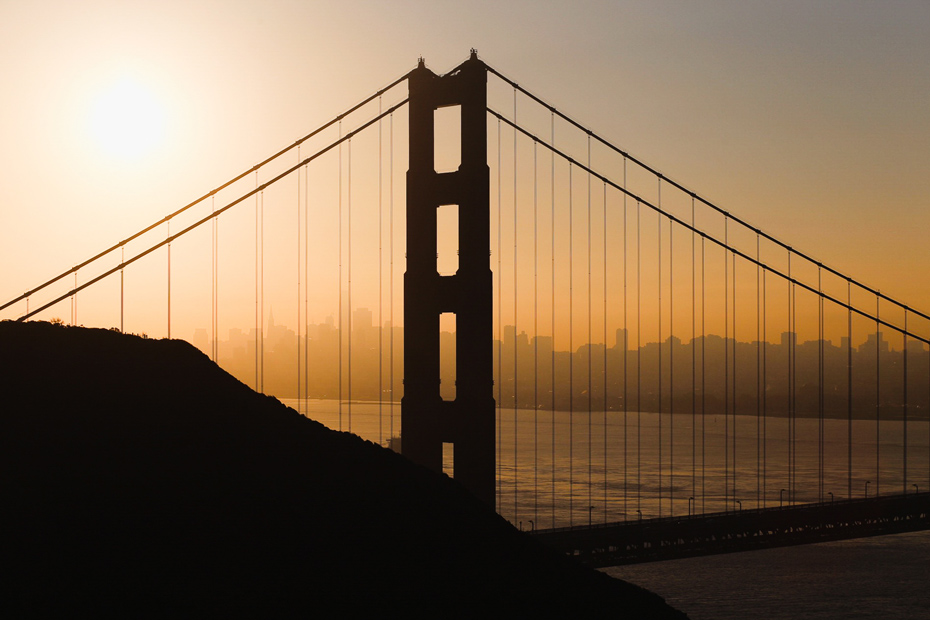
Sunrise or sunset photos are an excellent place to play with exposure. Think about some cotton candy clouds with layers of orange sherbet and lavender that cascade into the horizon. To capture what you saw in the moment, you'll want to dial in your exposure for the scene. These are considered "high contrast" scenes, which means that your brightest brights and your darkest darks are going to be far apart in terms of exposure value (EV). But let’s not get too nerdy here and dial the tech talk back a bit.
The age of iPhonography, TikTok, Instagram, and auto-modes has normalized what I like to call "see everything" photos. If the scene is sunrise and you can see the ground and you can see the sky, something may have gone wrong. Even though you can see these things clearly with your naked eye, it is not how your brain sees them. The brain leaves the unnecessary details out. Think of it like explaining a joke. Some things need to be said; other things remain implied. Rarely do you need to see every detail in a photo. Allow your interests to stand out and let everything else fade into deeper tones and shadows. For iPhone users, tap and hold on the sky to set your exposure for the sky. For riders using full-on camera bodies, expose for the sky and let the rest fall away.
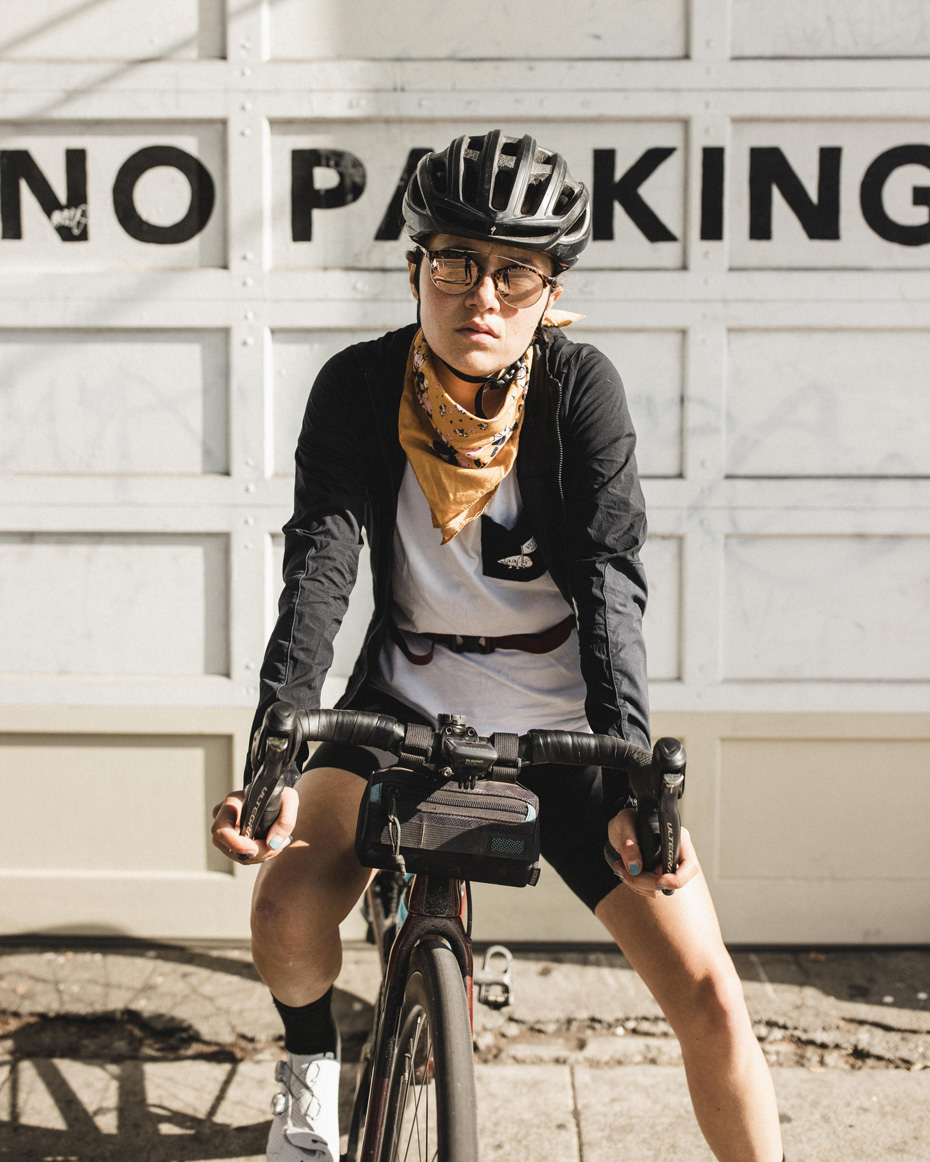
In terms of lighting, we have to keep this simple or we'll be here all day. Shadows are your friend a majority of the time but not always. Shadows add depth to your subject. They can also make your composition more interesting. Cyclists are generally not riding around with a lighting kit on their back, so the sun will usually be your main source of light. On a clear to scattered cloud day, place the sun about 45° to your subject whether you're taking portraits or action, and they should generally be quite flattering. This will take some tinkering with, but it's an easy rule to use to your advantage. You can also play around with backlighting your subject if you're shooting friends while riding. There are a variety of interesting frames that you can get the more you experiment with this concept and make it a habit.
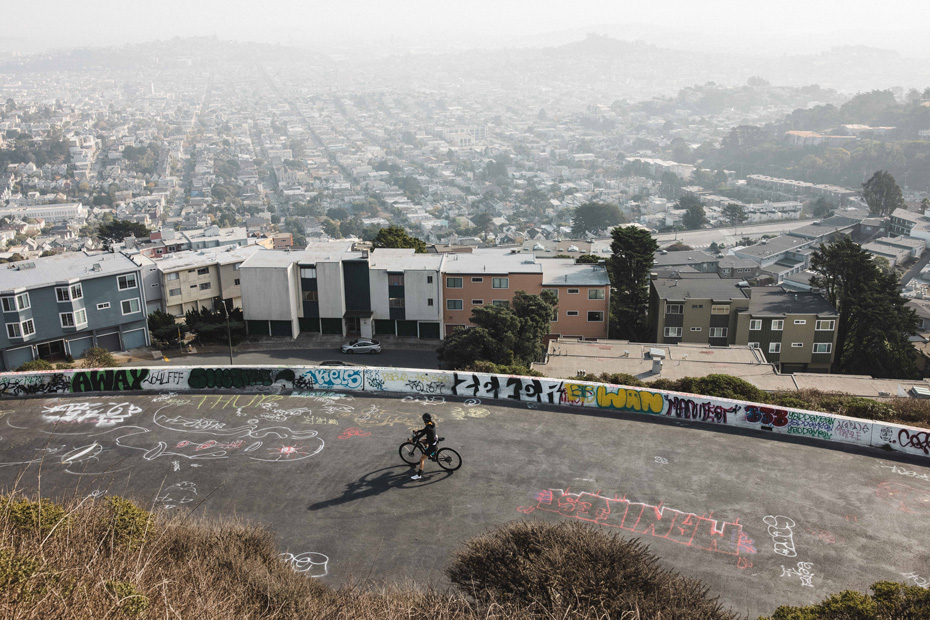
There's much more to talk about but just consider this a crash course in making interesting photos with your iPhone or your camera. Because most people tend to ride in the middle of the day, this section was written taking that into consideration. However, let's not ignore the obvious: Golden hour is your friend, your best friend.
Framing & Composition
If we looked at photography the same way we looked at learning a language, exposure is learning how to spell. Framing and composition would be learning how to make sentences. What you choose to include in your frame and the angle at which the photo is taken will make a huge impact on how your photo is received.
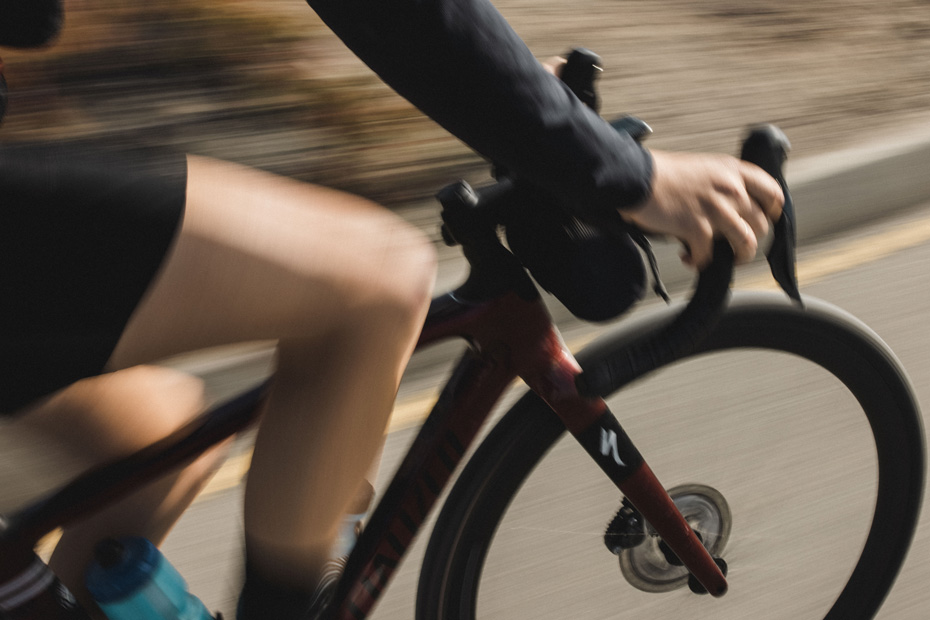
The first piece of advice on framing I can give to the novice and expert alike is: GET CLOSE! Once you feel like you're pretty close, get closer. That's where amazing images are made. Think of the last time you were on a scorcher of a ride. What comes to mind? The sweat, a flush face, steam, a beating sun, crystal water being poured over the skin. Only include the elements that tell the story of the photo. Leave everything else out.
Just as I recommended getting close sometimes, it is just as important to step back. What is the scene? Does the landscape tell a story that is important to translate to the viewer? Step back. Look at the box in which your image is framed. All the elements that tell your story should start on one edge of the frame and end on the opposite. There are nuances to this in terms of negative space and portraits. But the general idea is to "fill the frame" with interest so that every bit of your image is being used with purpose.
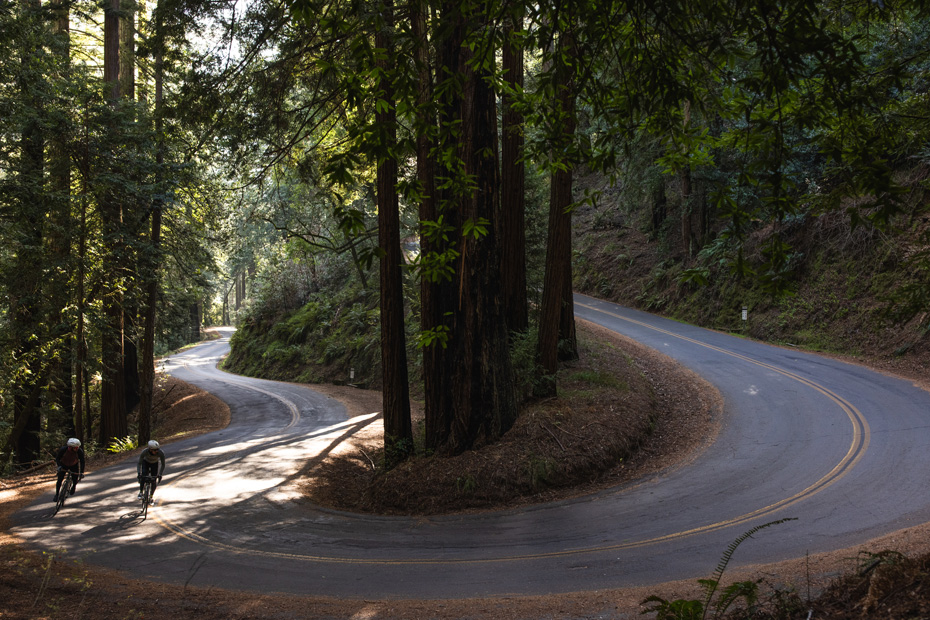
When it comes to composition, we still have to maintain the philosophy of "crash course." This is an entire course on its own. To make a steep climb look steep, get close to the ground and let the road engulf the frame or shoot the climb from the side to profile the steepness of the grade. To make a curvy road look curvy, find a way to have the road snake through as much frame as you can. Do not get too low because the road will flatten out and lose its curves the lower you place the camera. Let this portion be as intuitive as possible. Overthinking composition can drive a person crazy so if all else fails, just keep it simple.
Storytelling
Imagine that you've been out on the bike all day. Your ride started in the city at a hip coffee shop, you met up with your friends several miles into the ride, you rode up Mt. Tamalpais, and then descended down to Stinson Beach. When you arrived at the beach, you had lunch and eventually headed south on HWY 1, and finally, your ride ended by crossing the Golden Gate Bridge. What if you only took two pictures during the whole ride? How could you tell this story? For the most part, you wouldn't be able to effectively tell that story. This comes down to making sure that there is some sort of change in scene or scenery so that people can sense a beginning, middle, and end to your story.
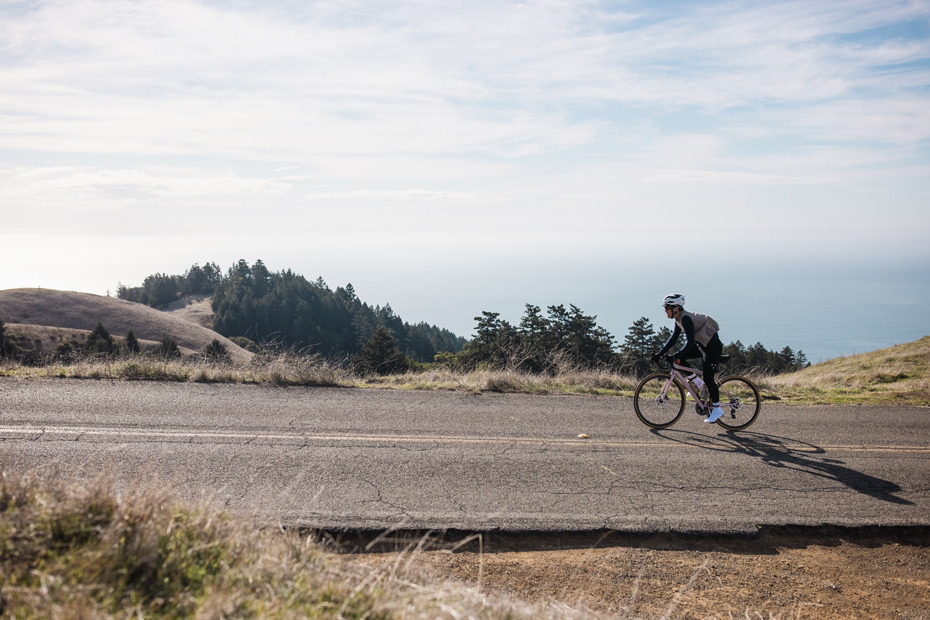
Sometimes your scene is quite literal: indoors, outdoors, trees, beach, midday, sunset. Other times it’s making sure that the details of your ride are given equal attention. Pumping up tires, getting coffee, lunch break, descending arriving home. Photography is a highly emotional medium. Believe it or not, the sequence or order in which someone looks at your images will make an impact on what they feel by the time they finish.
Honestly, this only applies to those who are specifically interested in storytelling. Everyone who enjoys making photographs does not need to be concerned with making a cohesive series of photos, which is totally fine.
Editing
There’s not a ton of value in critiquing editing because it’s so unique to how the photographer sees the scene. The main bit of advice that can be given in this section is: If you’re editing your photos to make a better picture, just take a better picture to begin with. It’s ok to have taken a picture that isn’t quite right. It gives you more reason to ride again and shoot again.
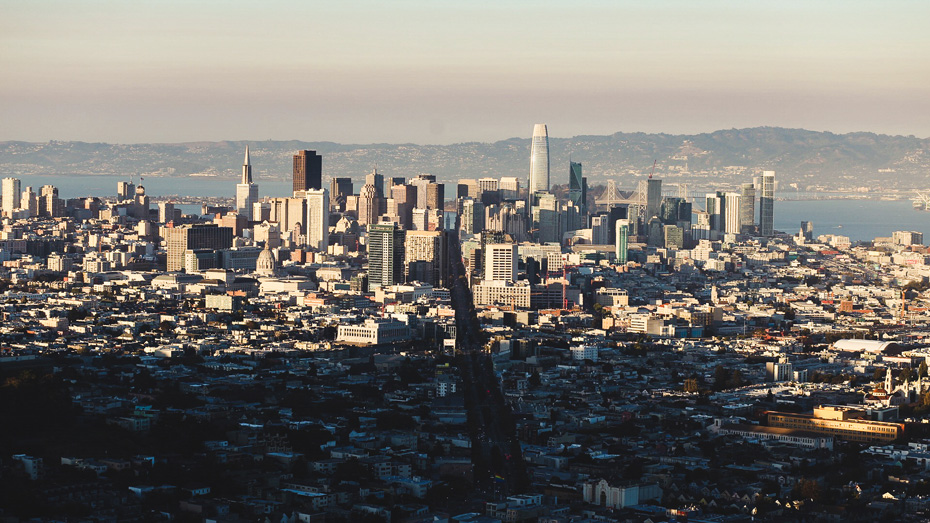
Editing, in terms of color correcting and spot removal, not the selection of photographs, should be done with the same intent as everything mentioned above. Have fun with it, play around, do a bunch of wacky things until you find a look that you like, if that's what you like. If you're not the type of person who wants to spend hours on editing after already amassing hours of riding and shooting or a combination of the two, don't.
Capture the Ride
Photography is a legitimate skill and needs constant work and experimentation. Technology hasn't necessarily made it easier to take a great photo, but it has made photography more accessible for the common person. Being within the elements while riding, there will always be a combination of luck and intent involved with your shots. You're never going to be able to control all of the variables but a lot of times, that can be part of the fun. Most importantly, have fun with what you're doing. The best photographers have fun and accept that they don't know everything, which leaves them vulnerable and prone to trying all sorts of new concepts and ideas. Whether you're shooting with your iPhone or a camera you received as a present over the holidays, the best way to improve your photography is to take photos when you have that gut feeling of, "This would make a great photo." Now, go take some rad photos.
